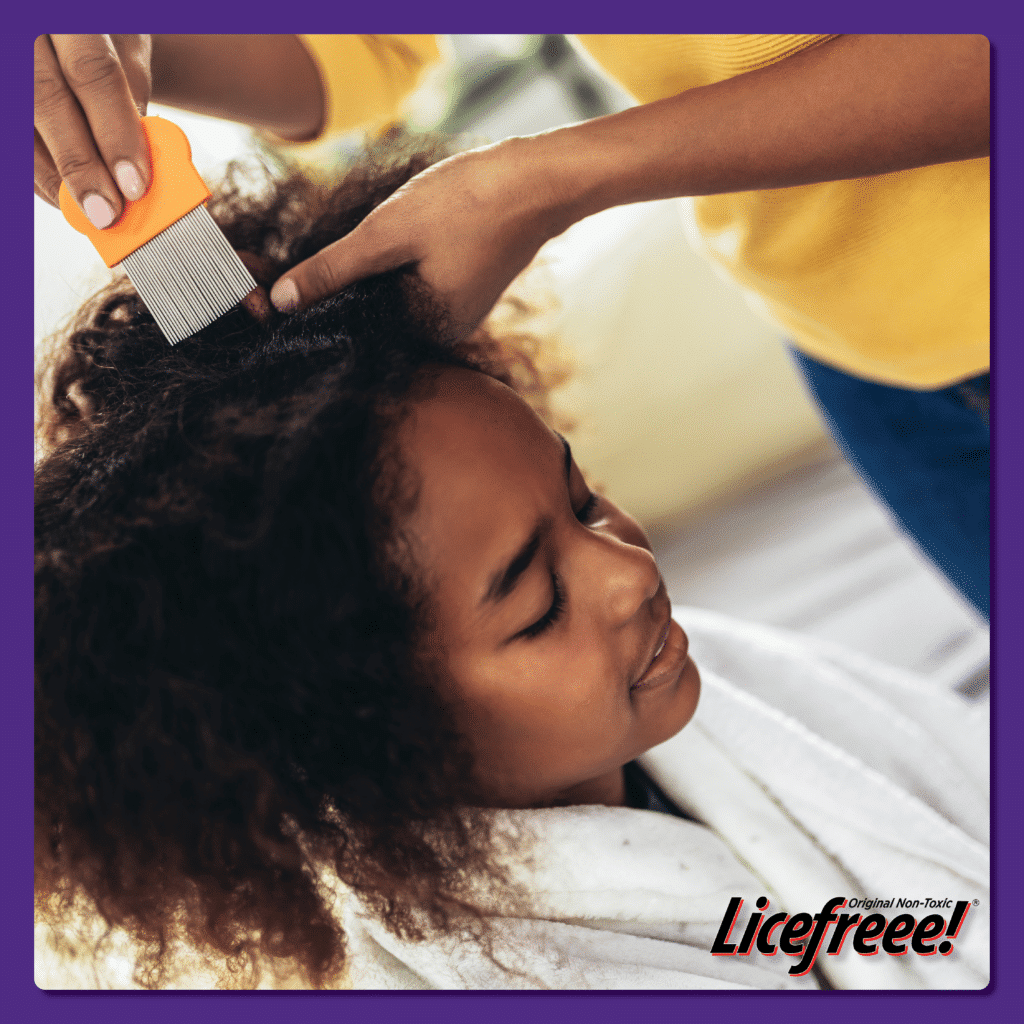
September is Lice Prevention Month, an important initiative to raise awareness about the prevalence of head lice and the steps we can take to keep them at bay. Head lice infestations are a common concern, particularly among school-aged children. While these tiny insects are not dangerous, they can cause discomfort and inconvenience. To help you navigate this issue, we've compiled a comprehensive guide on checking for lice, ensuring a lice-free environment for you and your loved ones. Additionally, we'll introduce you to an effective product, Licefreee Spray, that can aid in lice prevention.
Head lice are parasitic insects that thrive on the human scalp. They spread through direct head-to-head contact, so children are often more susceptible due to their close interactions in school settings. While having lice doesn't indicate poor hygiene, addressing the issue promptly is essential to prevent its spread.
Before we delve into the screening process, we must know the symptoms of a lice infestation. Common signs include:
1. Itching: The most common symptom is an itchy scalp caused by an allergic reaction to lice bites.
2. Red Bumps: Scratching can lead to red bumps or sores on the scalp.
3. Visible Lice or Nits: Adult lice are about the size of a sesame seed and can be tan or grayish-white. Nits are tiny oval eggs that attach near the base of the hair shaft.
H2: How to Check for Lice
Regular lice checks are essential, especially if you suspect exposure. Here's a step-by-step guide to conducting a thorough screening:
1. Gather Supplies: You'll need a fine-toothed comb like the Licefreee NitDuo comb, a bright light, and a magnifying glass.
2. Section the Hair: Divide the hair into sections using clips. This will help you examine one area at a time. Some professionals recommend wetting the hair to immobilize lice throughout the process.
3. Examine the Scalp: Start from the scalp, slowly comb each section of hair, wiping the comb on a paper towel or tissue after each stroke. Look for adult lice or nits attached to the hair shafts.
4. Check Behind Ears and Neck: Lice prefer these areas for warmth, so pay extra attention to the hairline at the neck and behind the ears.
5. Use a Bright Light: Natural light or a bright lamp will help you see movement more clearly.
6. Magnifying Glass: If needed, use a magnifying glass to inspect suspicious spots more closely.
7. Repeat: Continue this process for the entire head, ensuring you cover all areas.
But what happens if your lice screening yields a pesky positive result? Luckily, Licefreee products are created exclusively for lice and super lice. If you discover a lice infestation, Licefreee Spray is the ultimate solution. Spray and saturate the infected scalp and hair with the spray. Allow the hair to dry naturally, and thoroughly comb the hair again, disposing of any dead lice or nits.
Follow-up treatment with Licefreee Everyday Shampoo. Switch out your regular shampoo for the special Licefreee Everyday Shampoo and use it as usual for two weeks following treatment to prevent re-infestation.
During Lice Prevention Month, learning about lice and how to prevent infestations is crucial. Regular screenings and preventive products like Licefreee Shampoo can significantly reduce the risk of lice spreading among family members and classmates. By staying informed and proactive, you can ensure a lice-free environment and a more comfortable experience for you and your loved ones.